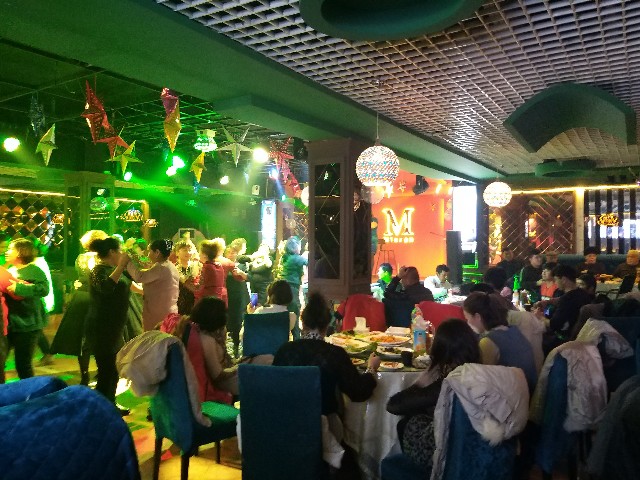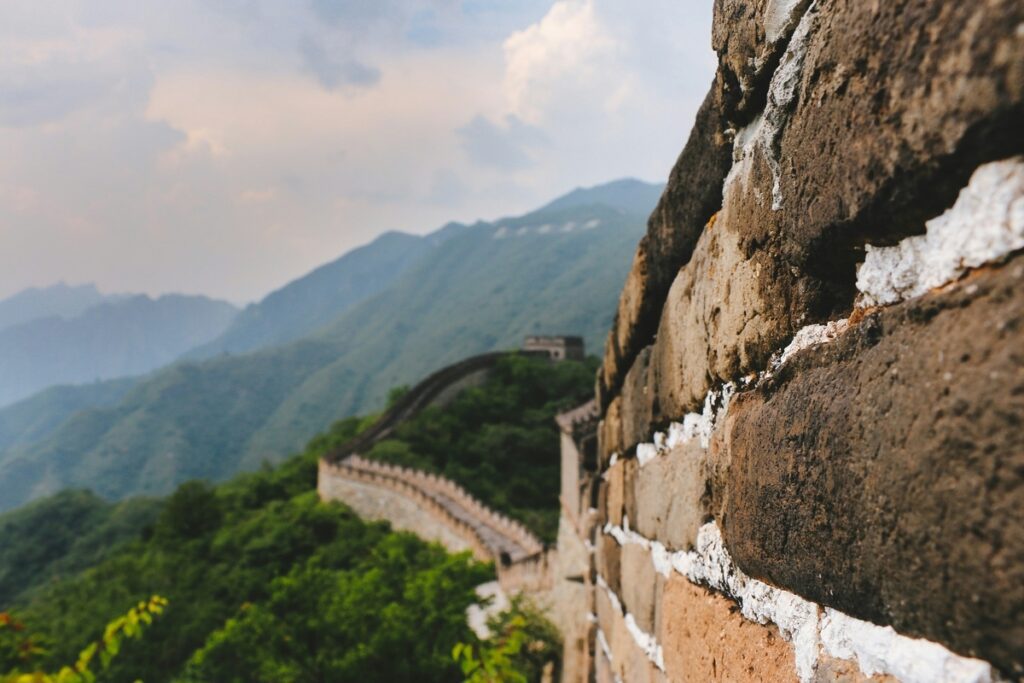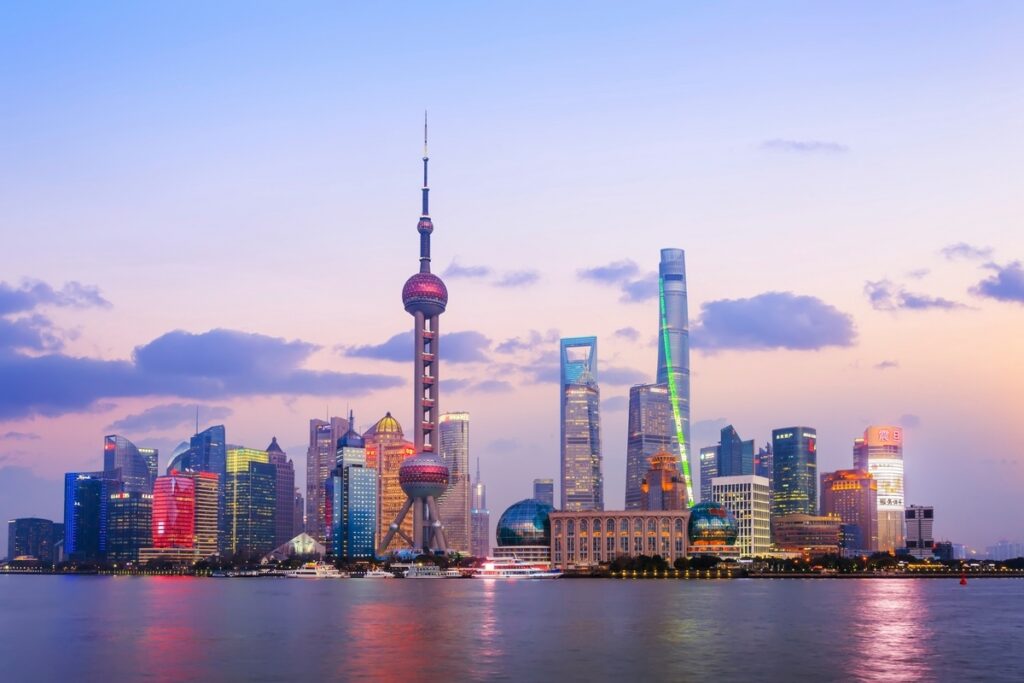
The Xinjiang Uyghur Autonomous Region is often mentioned in international political discussions, but for this article, I’ll set that context aside and focus on my personal experiences as a traveler. This region is a fascinating place where vast natural landscapes coexist with unique cultures, but there are also many important points and precautions that travelers should know. In this article, I’ll share 10 observations and tips I noticed while traveling through Xinjiang.
1. Uyghur People’s Character
Uyghur people are friendly and warm-hearted, with a particular love for music and dance. In front of the Grand Bazaar (International Grand Bazaar Scenic Area) in Urumqi, you can regularly see Uyghurs spontaneously dancing to traditional music. At night, the sight of families and friends joyfully dancing together in clubs throughout the city is also impressive. Their cheerful and sociable nature leaves a strong impression on travelers who encounter them.

Day and night, Uyghur people cheerfully enjoyed dancing in the square in front of the landmark International Grand Bazaar.
2. Entry Regulations and Visa Requirements
While there are no special entry regulations specifically for the Xinjiang Uyghur Autonomous Region, since the pandemic, a visa is generally required to enter China. There are 24-hour or 144-hour transit visa exemptions, but these are limited to certain cities like Shanghai and do not apply to other regions including Xinjiang. Therefore, you need to obtain a proper visa in advance to visit Xinjiang. Also, you may be asked to show identification while traveling within the region, so it’s essential to carry your passport at all times.
Please also check this related article!
3. Language and Communication Barriers
Uyghur and Chinese are the main languages spoken in Xinjiang, and it’s best to assume that English is rarely understood. Communication in English is difficult except in places like bars and clubs frequented by young people. It’s advisable to avoid visiting without some knowledge of Chinese, and even then, the Chinese spoken by Uyghur people has a distinctive accent that can be difficult to understand if you’re not accustomed to it. Learning basic Chinese phrases before your trip will help you enjoy your journey safely.
4. Tourism Infrastructure and Winter Conditions
The tourism infrastructure in Xinjiang is still developing compared to cities in eastern China. While major cities like Urumqi and Kashgar have reasonably well-established hotels and tourist facilities, options are limited in rural and natural areas. In winter, many tourist sites and accommodations close due to the harsh climate, which can drop below -20°C (-4°F). If visiting in winter, check operating schedules in advance and plan accordingly with the limited options available.
5. Vast Region and Inter-City Travel
Xinjiang is China’s largest administrative region, with an area approximately five times the size of the United Kingdom. Traveling across this vast region requires more time than you might imagine. Trains and buses are common means of transportation between cities, though flights are also available between major cities. However, road conditions in rural areas are often poor, necessitating flexible scheduling for long-distance travel. Keep travel times in mind when planning your itinerary.

Trains in Xinjiang often run significantly behind schedule. I recommend building flexibility into your itinerary to avoid unexpected changes to your travel plans.
6. Security and Safety
For tourists concerned about local safety, rest assured. Security in Xinjiang is strictly managed, with numerous police and surveillance cameras throughout urban areas. While some travelers may find the excessive security disconcerting, it does mean that crime risk is notably low. By following local rules and avoiding political topics during your trip, you can enjoy your journey safely. Also, photography is prohibited in certain areas, so it’s important to check in advance where photos are permitted and follow regulations.
7. Food and Alcohol
Xinjiang cuisine primarily features Uyghur dishes, with many menu items also influenced by Chinese cooking. A representative dish that’s quite popular is “Dapanji,” made with chicken.
Regarding alcohol, most Uyghurs are Muslim, so pork and alcohol are generally not served in public places. In fact, when I accidentally ordered beer at a restaurant, I still feel embarrassed remembering how the staff wrapped it in a black plastic bag to hide it from other customers.

While alcohol isn’t legally prohibited as in some Arab countries, drinking in restaurants is not common practice, so be mindful
On the other hand, alcohol is readily available in supermarkets and convenience stores throughout the region, including local Xinjiang wines and “Wusu Beer.” Xinjiang is one of China’s major grape-producing regions, and wines from local wineries are internationally acclaimed, so do try them during your visit.

I recommend trying wine during your stay in Xinjiang, which is one of the world’s leading wine-producing regions!
8. Climate and Dryness Considerations
Xinjiang’s climate varies greatly by region. The north is cold with harsh winters, while the south includes desert areas that become extremely hot in summer. Therefore, appropriate clothing for the season and measures against dryness are essential. In dry environments, skin and throat can become sensitive, so staying hydrated and using moisturizing cream will help you remain comfortable.

Be careful of the extreme temperature changes in Xinjiang, where desolate landscapes stretch across not only deserts but throughout the region
9. Culture and Religion
Islamic culture is strongly reflected in Xinjiang, with mosques scattered throughout cities and religious rituals deeply rooted in daily life. As a traveler, when visiting mosques, appropriate dress and behavior are expected, and religious etiquette should be observed. Also, many shops may close on Fridays for prayers, so carefully adjust your schedule when planning your visit.
10. Xinjiang Time and Time Difference
Officially, Beijing time is used in Xinjiang, but in practice, many people operate on “Xinjiang time,” which is two hours behind. Therefore, when coordinating schedules with locals, it’s important to confirm which time standard is being used. Be careful to check the time reference to avoid confusion during your trip.

Located far west of China’s major cities, people in Xinjiang generally live on a schedule about two hours behind. Always be conscious of whether standard time or Xinjiang time is being used, especially when using transportation!
Summary
While the Xinjiang Uyghur Autonomous Region is not yet a popular tourist destination, it’s an area with rich culture and vast natural beauty. As a traveler, it’s important to plan your visit with an understanding of the unique culture, rules, and the region’s extensive geographical characteristics. Through experiences unique to Xinjiang, deepen your understanding of new discoveries and different cultures!

![You Can’t Leave Xinjiang Uyghur Without Trying Dapanji (Big Plate Chicken) – A Local Restaurant Taste Test Report [Xinjiang Silk Road Journey]](https://en.kosupatravel.com/wp-content/uploads/2024/12/20240324124044.jpg)



![[Hourly Stays Available] Best Place for a Nap During a Shanghai Layover: Shanghai Dazhong Airport Hotel Review – Ultimate Convenience!](https://en.kosupatravel.com/wp-content/uploads/2025/04/20240818080110.jpg)